Home>Ideas and Tips>Indoor Ctenanthe Care Tips: Prayer Plant Family Guide
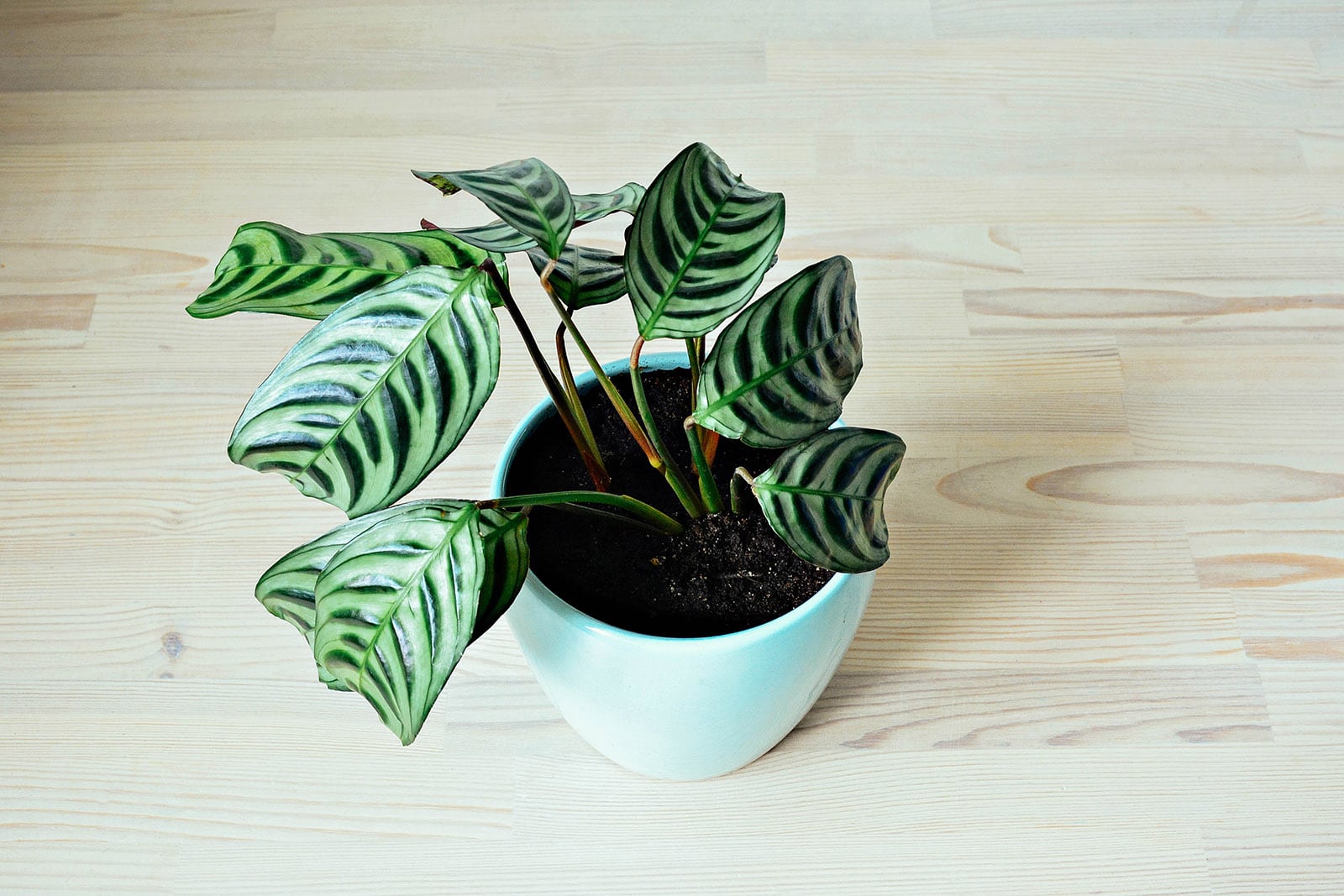

Ideas and Tips
Indoor Ctenanthe Care Tips: Prayer Plant Family Guide
Modified: October 27, 2024
Discover essential indoor Ctenanthe care tips in our Prayer Plant Family Guide. Learn about light, watering, humidity, and more for a thriving plant.
(Many of the links in this article redirect to a specific reviewed product. Your purchase of these products through affiliate links helps to generate commission for Storables.com, at no extra cost. Learn more)
Introduction
The Ctenanthe, commonly known as the Never-Never or Brazilian Snow, is a member of the Prayer Plant family. These plants are known for their striking, colorful leaves that add a touch of tropical elegance to any room. As a member of the Marantaceae family, Ctenanthe shares many care requirements with other plants like Maranta and Calathea. In this comprehensive guide, we will delve into the specific care tips for Ctenanthe, helping you to keep your plant healthy and thriving indoors.
Light Requirements
One of the most critical factors in caring for your Ctenanthe is providing the right amount of light. These plants prefer bright, indirect light but can adapt to medium light conditions. However, direct sunlight should be avoided as it can scorch the leaves, leading to brown tips and crispy edges.
Placement Tips
To give your Ctenanthe the perfect spot in your home, consider placing it near an east- or west-facing window. These windows provide bright, filtered light that is ideal for these plants. If you don't have access to such windows, a north-facing window can also work well. Alternatively, you can use artificial light to ensure your plant gets enough illumination.
Signs of Insufficient Light
If your Ctenanthe is not receiving enough light, you may notice several signs. The leaves may lose their vibrant colors and start to curl up. In extreme cases, the plant might drop its leaves or fail to grow new ones. By moving the plant to a brighter location, you can help it bounce back and regain its health.
Watering Tips
Watering is another crucial aspect of caring for your Ctenanthe. These plants prefer moist soil but hate to be waterlogged. Here are some specific tips to keep in mind:
Frequency of Watering
Water your Ctenanthe when the top one to two inches of soil feel dry. This frequency can vary depending on the humidity levels in your home and the temperature. In general, you should water your plant once a week during the spring and summer months when it is actively growing. During the fall and winter months when the plant is dormant, you can reduce watering to once every ten to fourteen days.
Avoiding Overwatering
Overwatering is a common mistake that can lead to root rot and other problems. Always check the soil before watering, and make sure the pot has good drainage holes to prevent water from pooling in the bottom of the pot. If you notice curled leaves on your Ctenanthe, it could be a sign that your plant is either overwatered or underwatered. Adjust your care routine accordingly to ensure the soil is neither too wet nor too dry.
Using Lukewarm Water
When watering your Ctenanthe, use lukewarm water free of fluoride and chlorine. Cold water can cause the leaves to develop brown tips, while hot water may shock the roots. A simple test is to take a sip of the water; if it's too cold for your teeth, it's too cold for your plant.
Humidity Levels
Ctenanthe plants thrive in high humidity environments, typically between 50-70%. To replicate the tropical conditions they are native to, you can place them near a humidifier or in a bright, humid room like a bathroom. If you don't have access to such spaces, you can increase the humidity around your plant by placing it on a tray filled with pebbles and water. This method allows the plant to absorb moisture from the air without sitting in excess water.
Soil Requirements
Ctenanthe prefers well-draining soil that retains some moisture but allows oxygen to reach the roots. A potting mix that combines sphagnum peat moss, loamy soil, and perlite or coarse sand works well. You can also use a traditional potting mix specifically designed for houseplants. Avoid using soil that is too dense or prone to waterlogging, as this can lead to root rot and other problems.
Temperature
Ctenanthe plants are tropical and prefer warm temperatures between 60-80 degrees Fahrenheit (15-27 degrees Celsius). Avoid placing them near cold drafts from air conditioning units or open windows, as this can cause stress and damage to the plant.
Fertilization
Fertilizing your Ctenanthe occasionally can promote healthy growth. Use a balanced plant food diluted to half-strength and apply it once a month during the spring and summer months when the plant is actively growing. During the fall and winter months when the plant is dormant, reduce fertilization to once every two months.
Propagation
Propagating your Ctenanthe is relatively easy and can be done by dividing the plant. Here’s how:
- Remove the Plant from Its Pot: Carefully take out the plant from its pot and gently separate the roots into two or more sections.
- Repot Each Section: Place each section into a new pot with fresh soil and water well.
- Keep in a Warm Humid Spot: Keep the new plants in a warm, humid spot until they establish new roots.
Common Pests
Like many other houseplants, Ctenanthe can be prone to spider mites and mealybugs. Regularly inspect your plant for signs of infestation such as tiny bugs on the underside of the leaves, browning leaves, or white powder on the leaves. Treat your plant with a natural insecticide like neem oil if you notice any of these symptoms.
Dropping Leaves
If your Ctenanthe begins suddenly dropping its leaves, there could be several potential culprits. Extreme changes in temperature or humidity, pest infestations, drought, and excessive fertilization are common causes. Adjust your care routine accordingly to ensure that your plant is receiving the right amount of light, water, and nutrients.
Pruning
Regular pruning can help keep your Ctenanthe healthy and promote new growth. Trim off any dead or damaged leaves and cut back leggy stems to encourage bushier growth. This will also help maintain the plant's appearance and prevent it from becoming too leggy.
Conclusion
Caring for your Ctenanthe requires attention to several key factors including light, water, humidity, soil, temperature, fertilization, propagation, and pest control. By following these tips and ensuring that your plant receives the right conditions, you can enjoy a thriving and beautiful addition to your home. Remember that every plant is unique, so observe your Ctenanthe closely and adjust its care accordingly. With proper care, your Ctenanthe will continue to thrive and bring joy and elegance to any room it inhabits.
Additional Resources
For more detailed information on specific aspects of Ctenanthe care, you can refer to the following resources:
- Melinda Myers' Guide: For detailed tips on growing Ctenanthe indoors, including how to avoid brown tips on the leaves and how to increase humidity around the plant.
- The Spruce's Guide: For comprehensive care instructions including soil requirements, watering tips, and common pests to watch out for.
- Patch Plants' Guide: For specific care tips on the Ctenanthe 'Compactstar' variety, including how often to water and how to propagate.
- PLNTS.com's Guide: For expert tips on growing Ctenanthe successfully, including light requirements and common issues to avoid.
- Folia Collective's Guide: For additional insights into the specific needs of Ctenanthe plants, including their sensitivity to cold drafts and how to style them in simple pots.
By combining these resources with the general care tips outlined above, you will be well-equipped to provide your Ctenanthe with the best possible conditions for growth and health.
Was this page helpful?
At Storables.com, we guarantee accurate and reliable information. Our content, validated by Expert Board Contributors, is crafted following stringent Editorial Policies. We're committed to providing you with well-researched, expert-backed insights for all your informational needs.
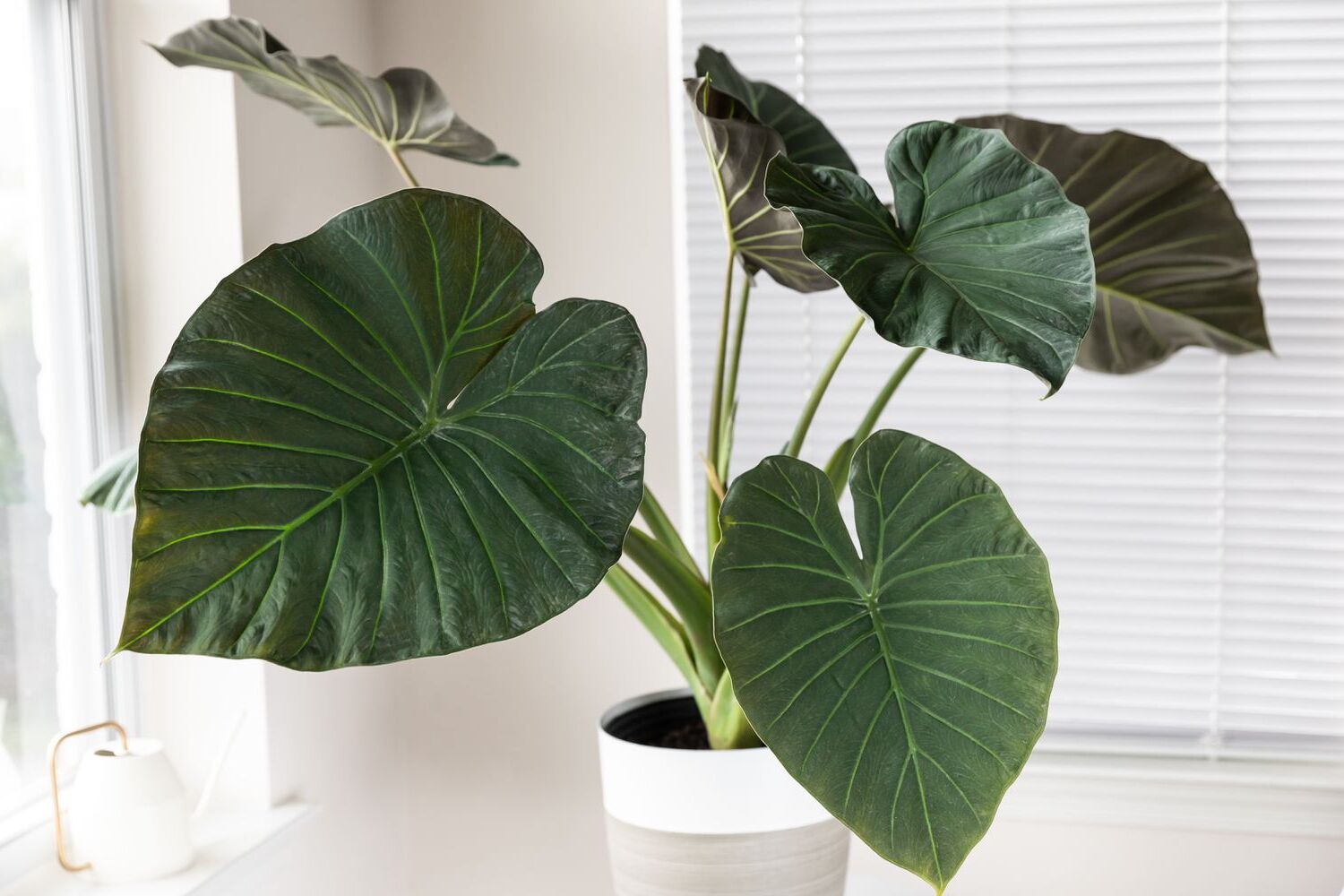
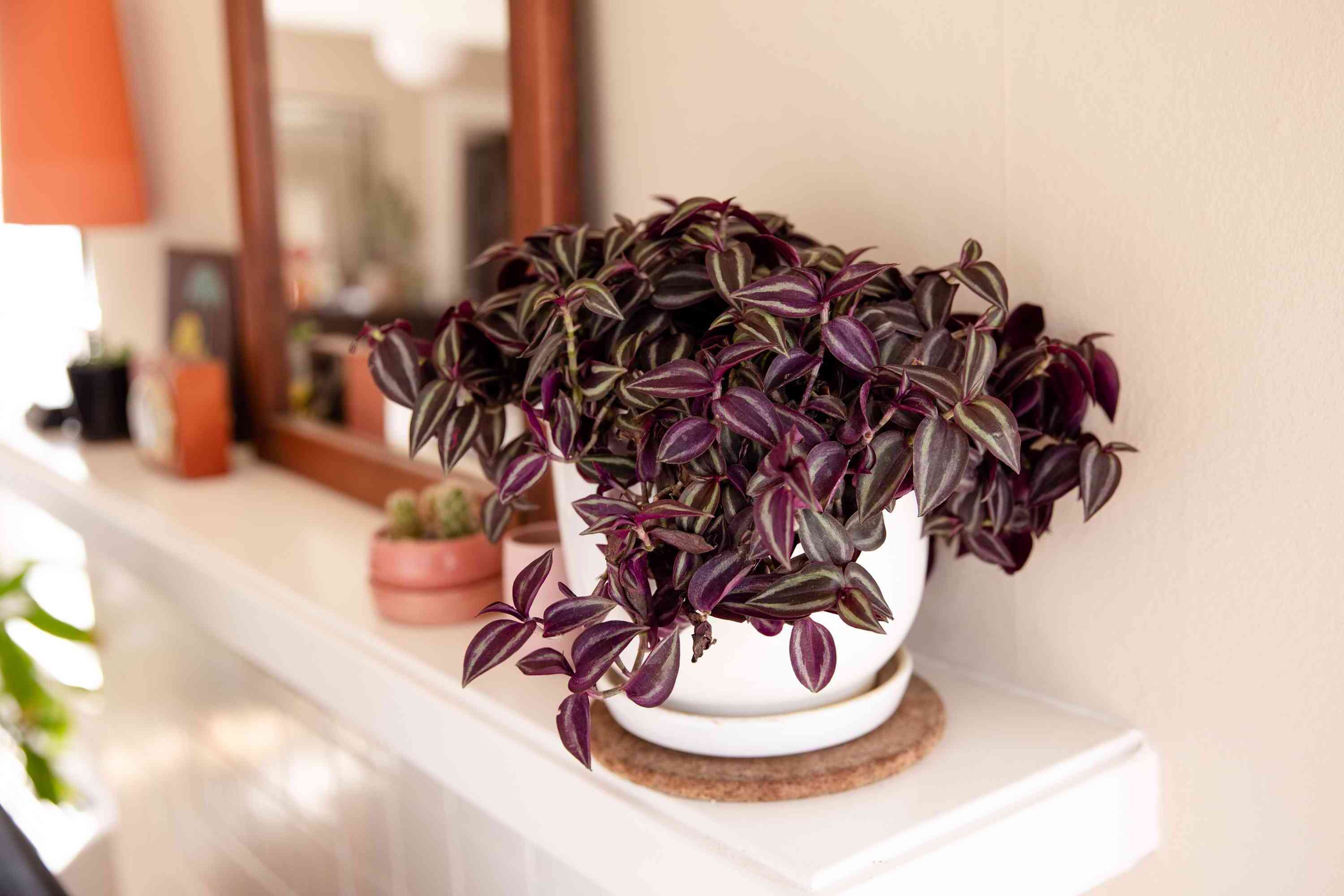
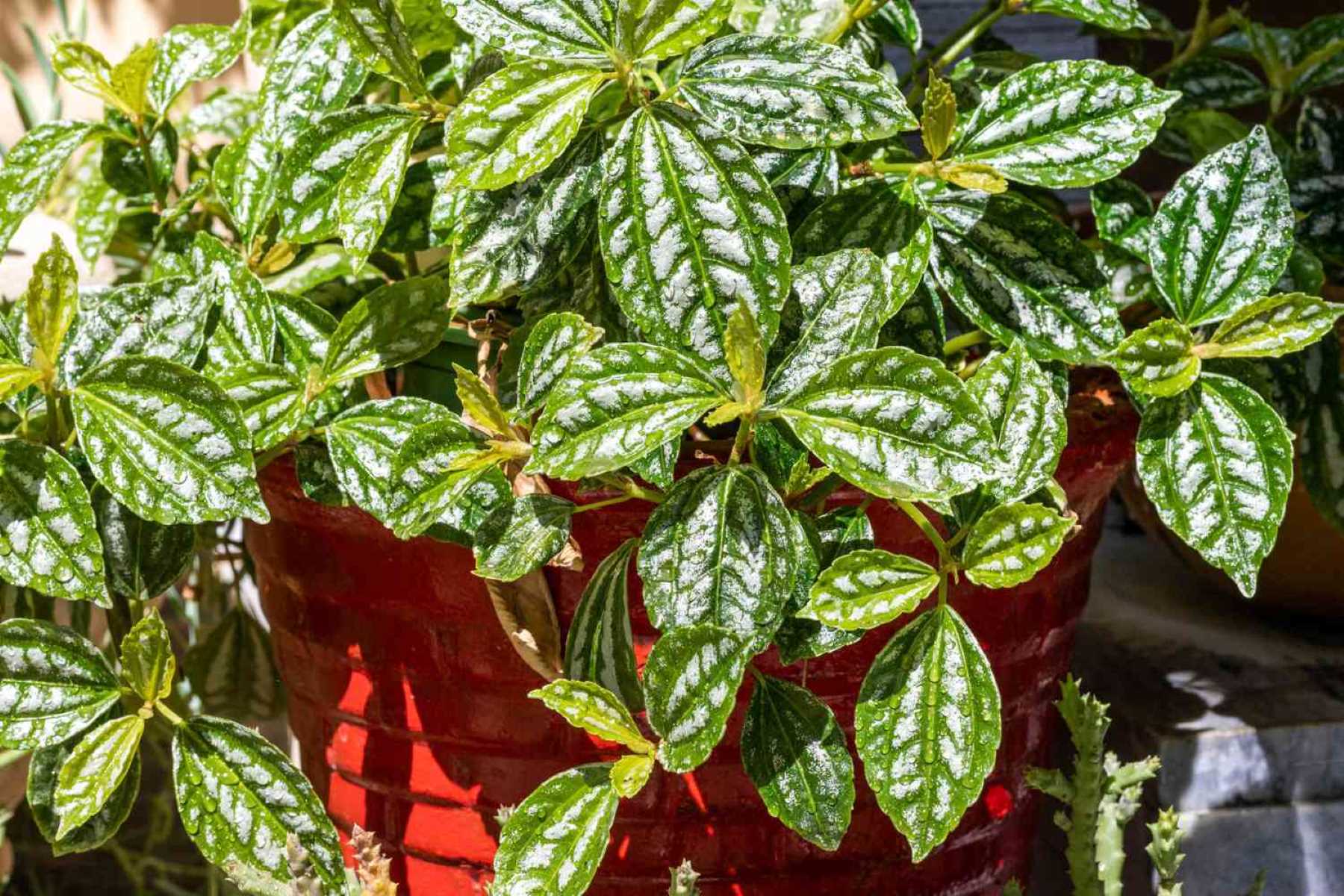
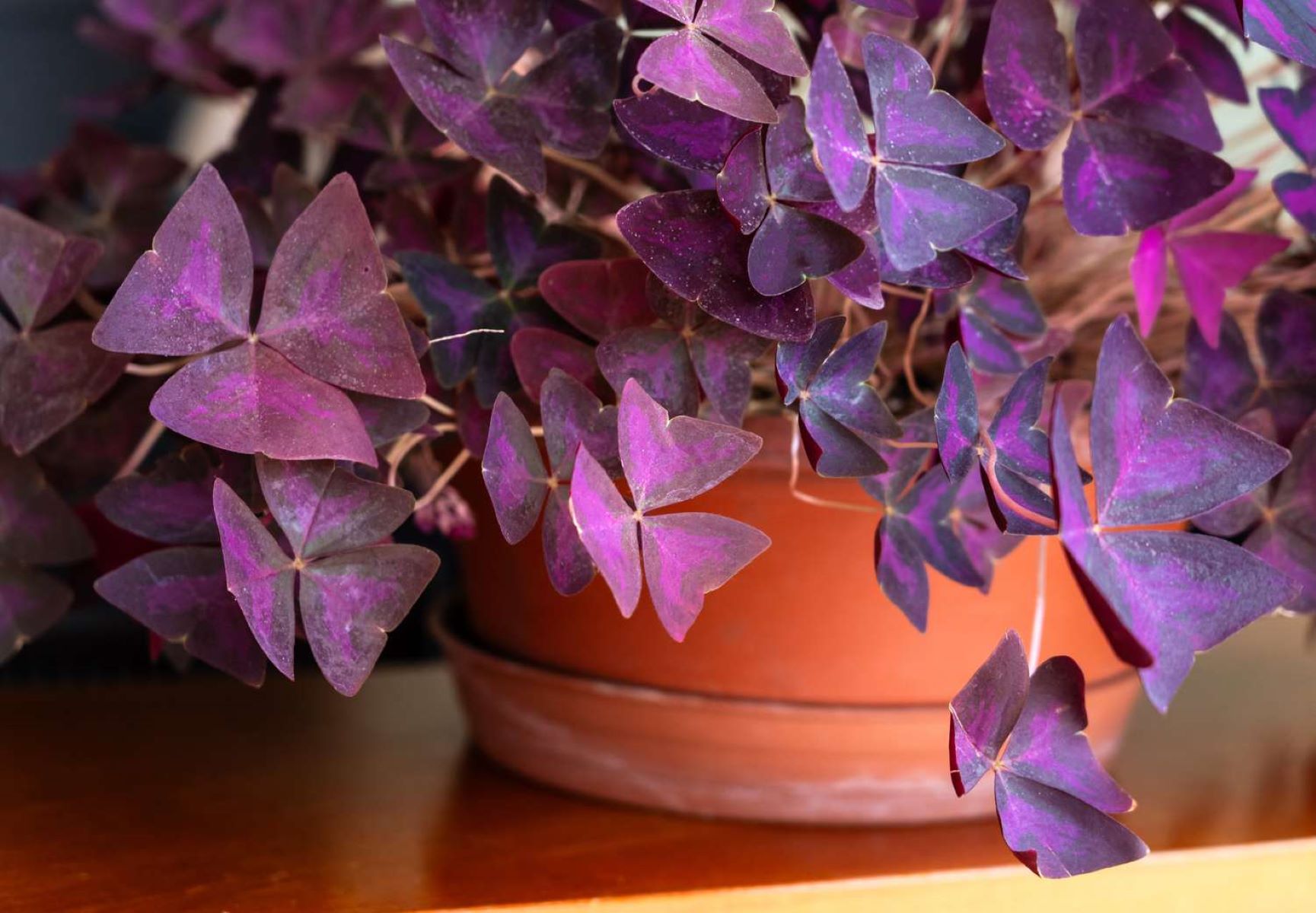

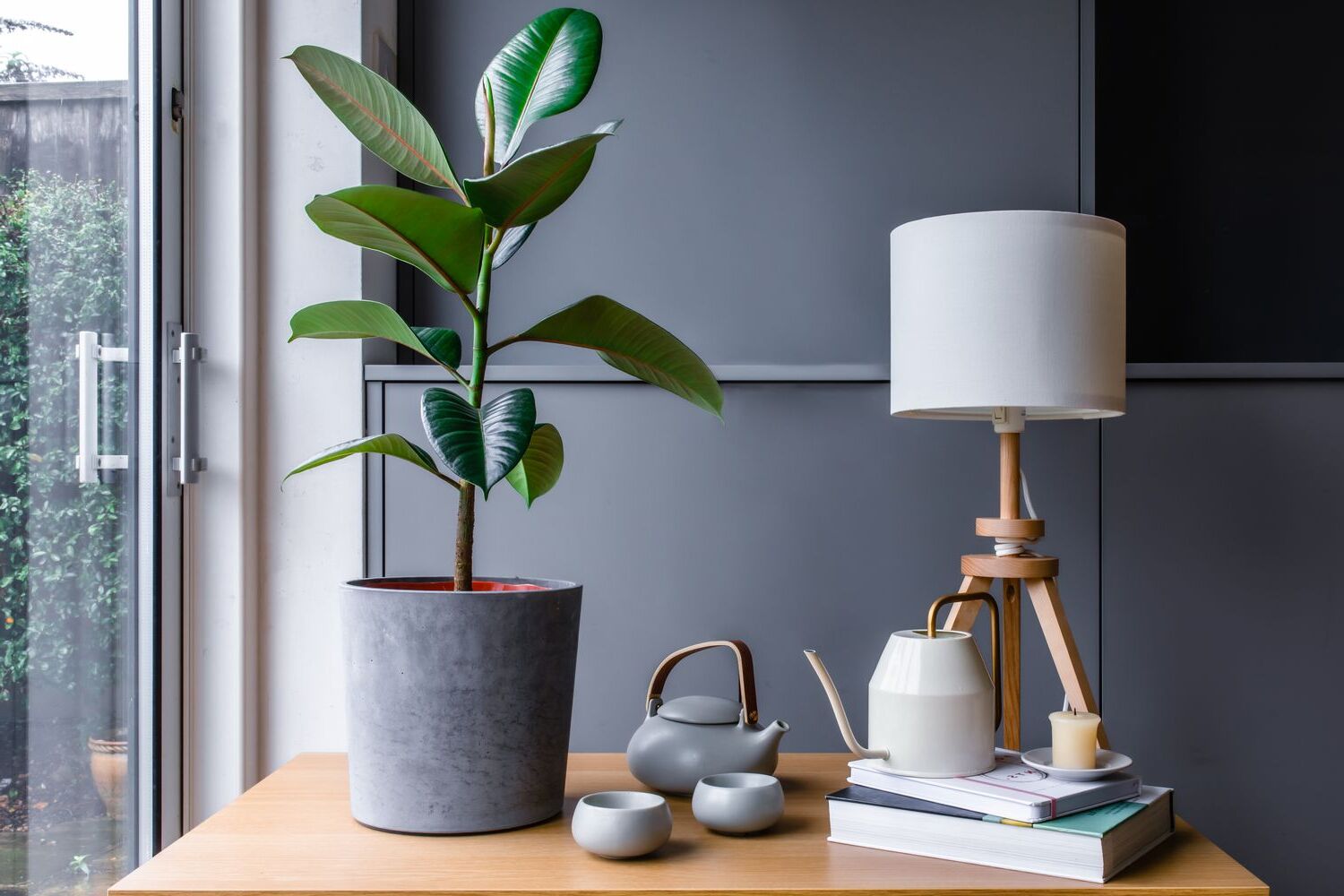
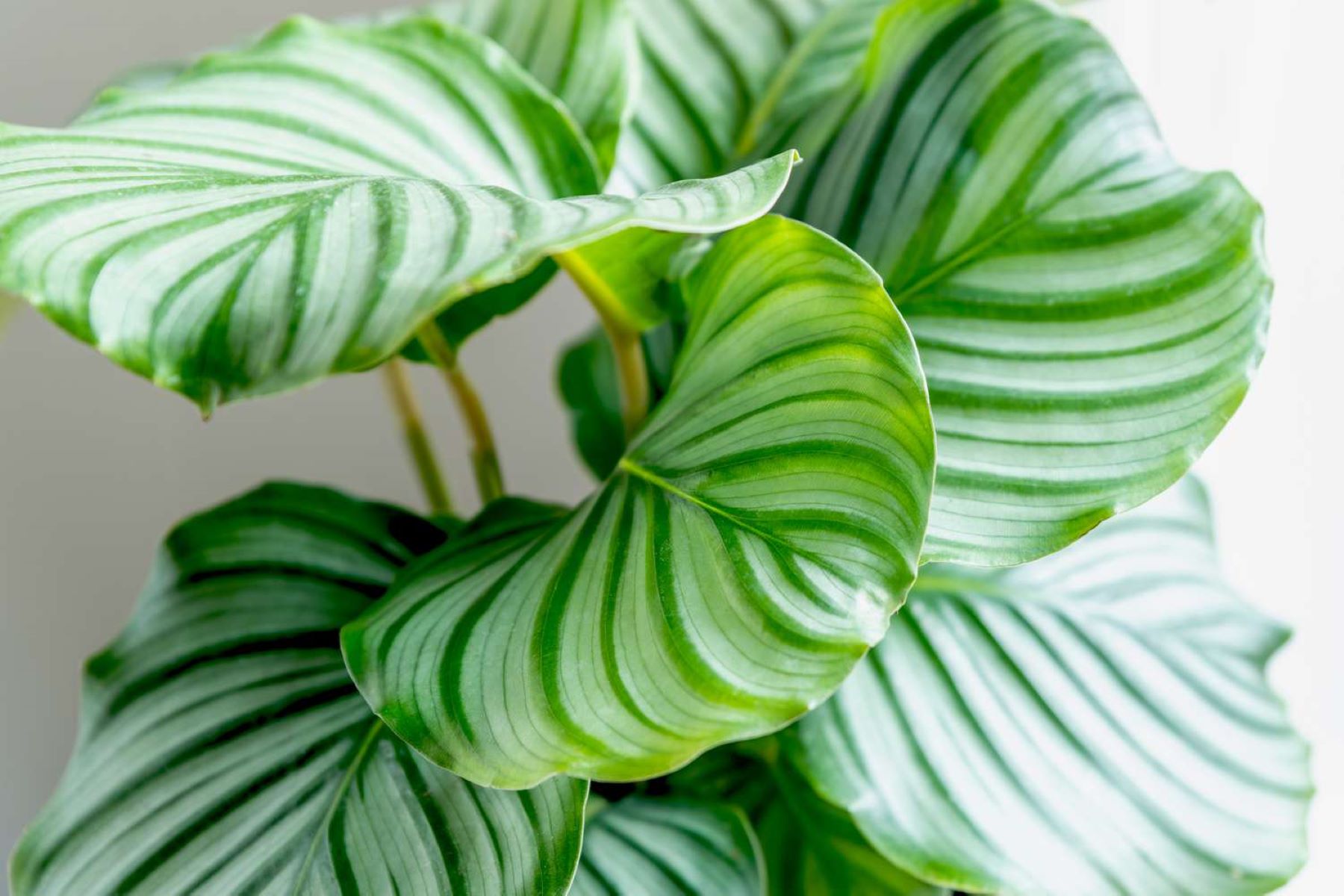
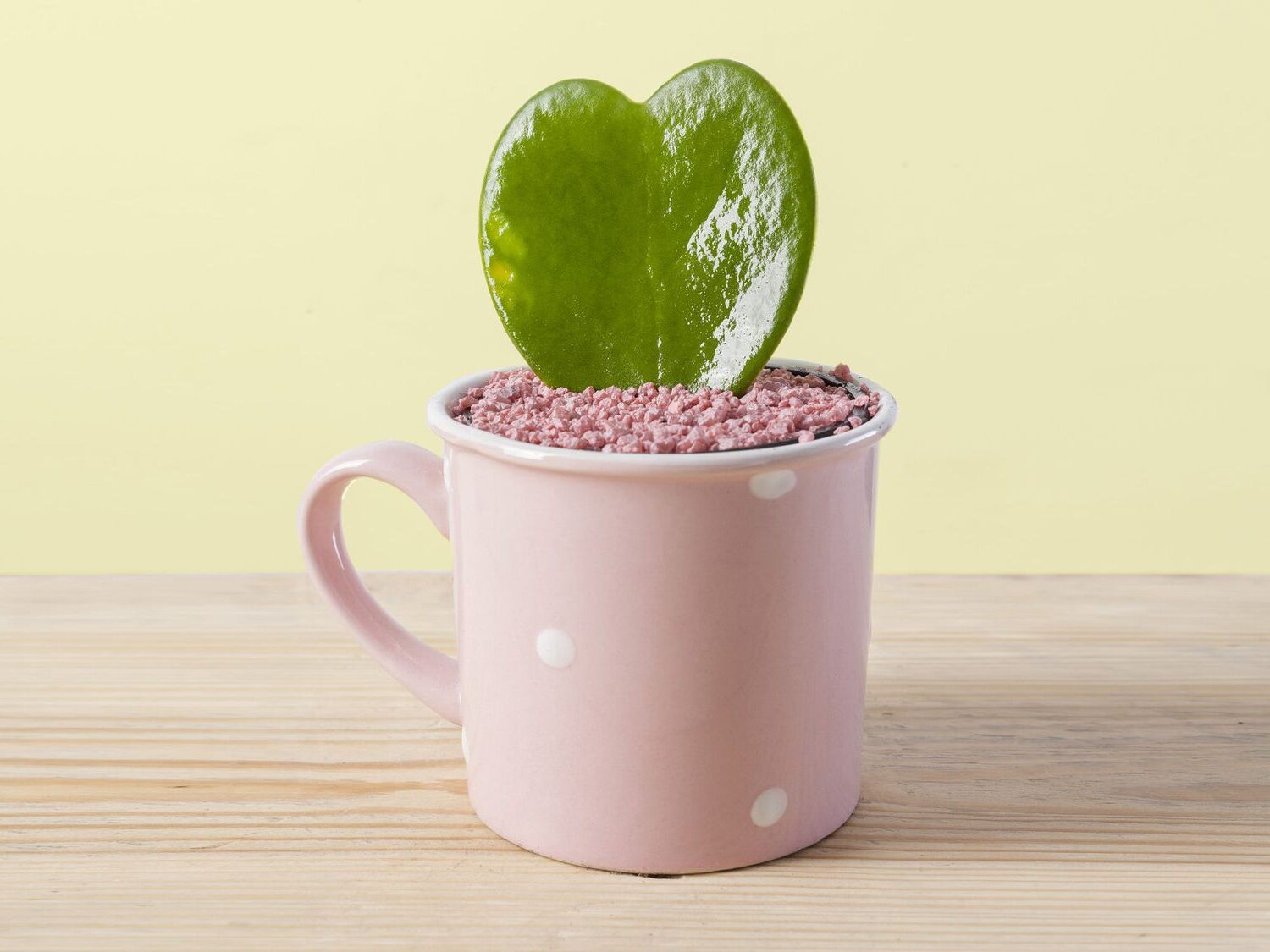
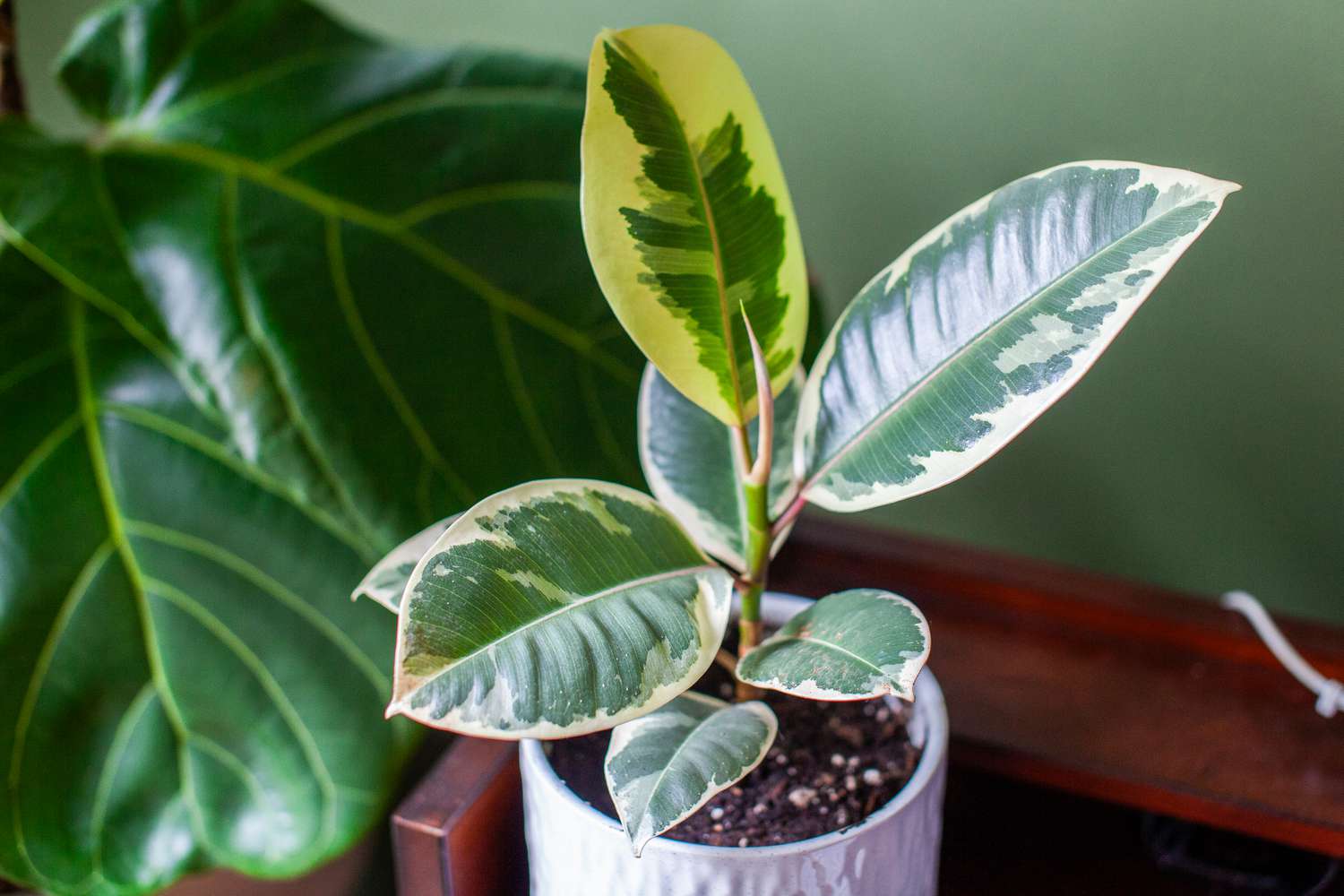
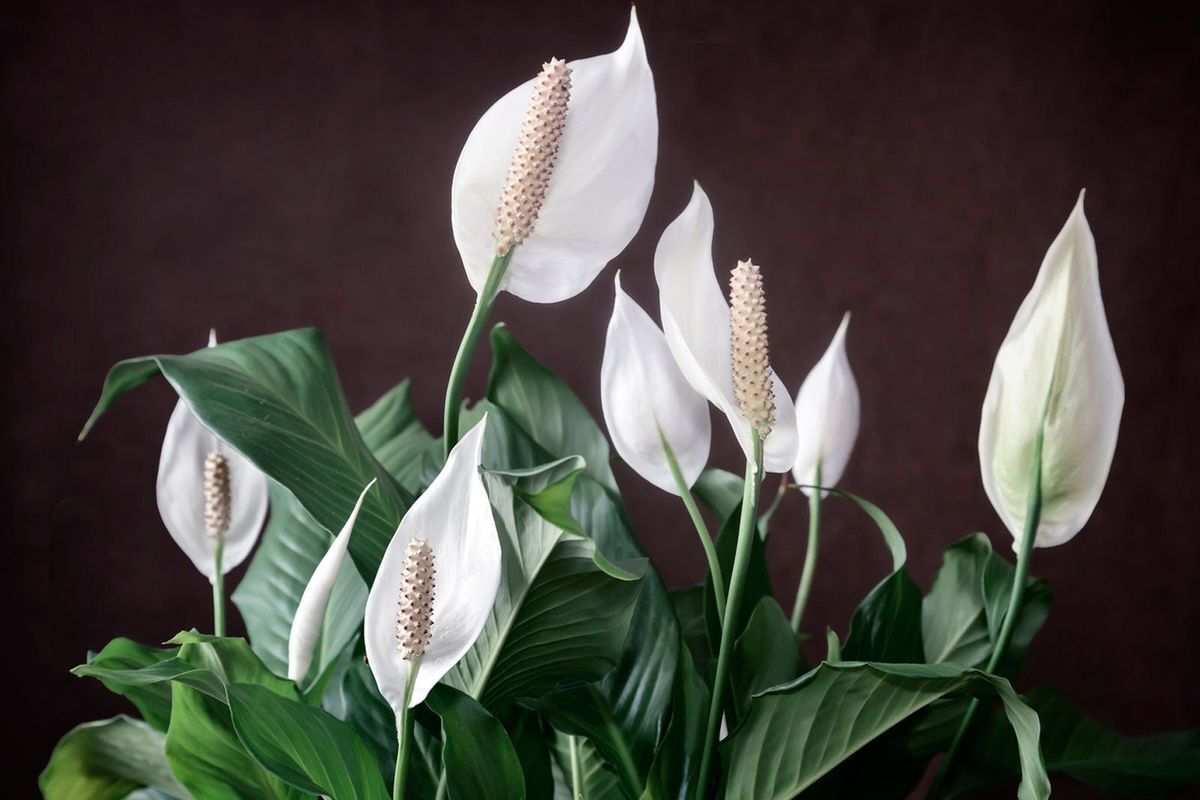
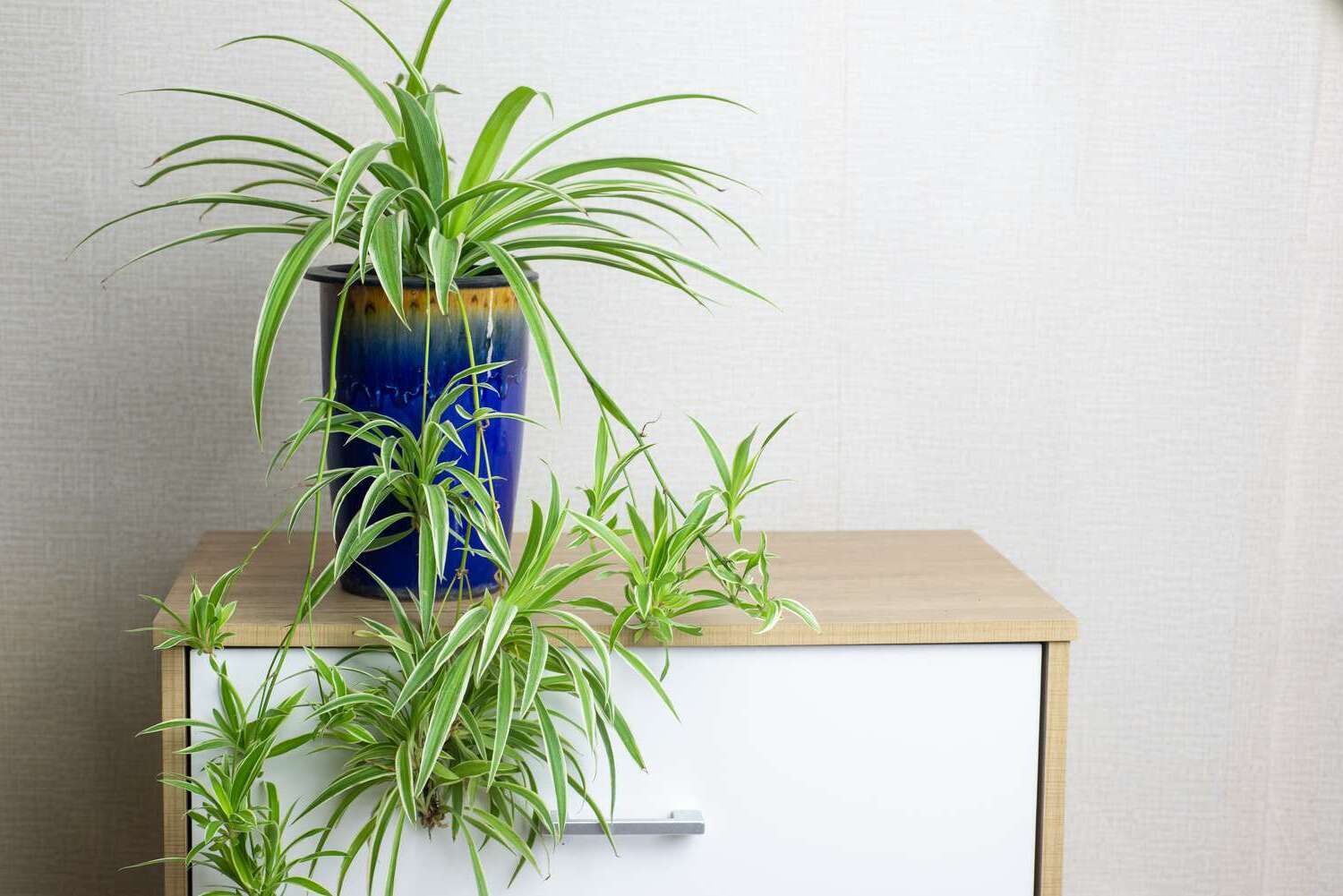

0 thoughts on “Indoor Ctenanthe Care Tips: Prayer Plant Family Guide”